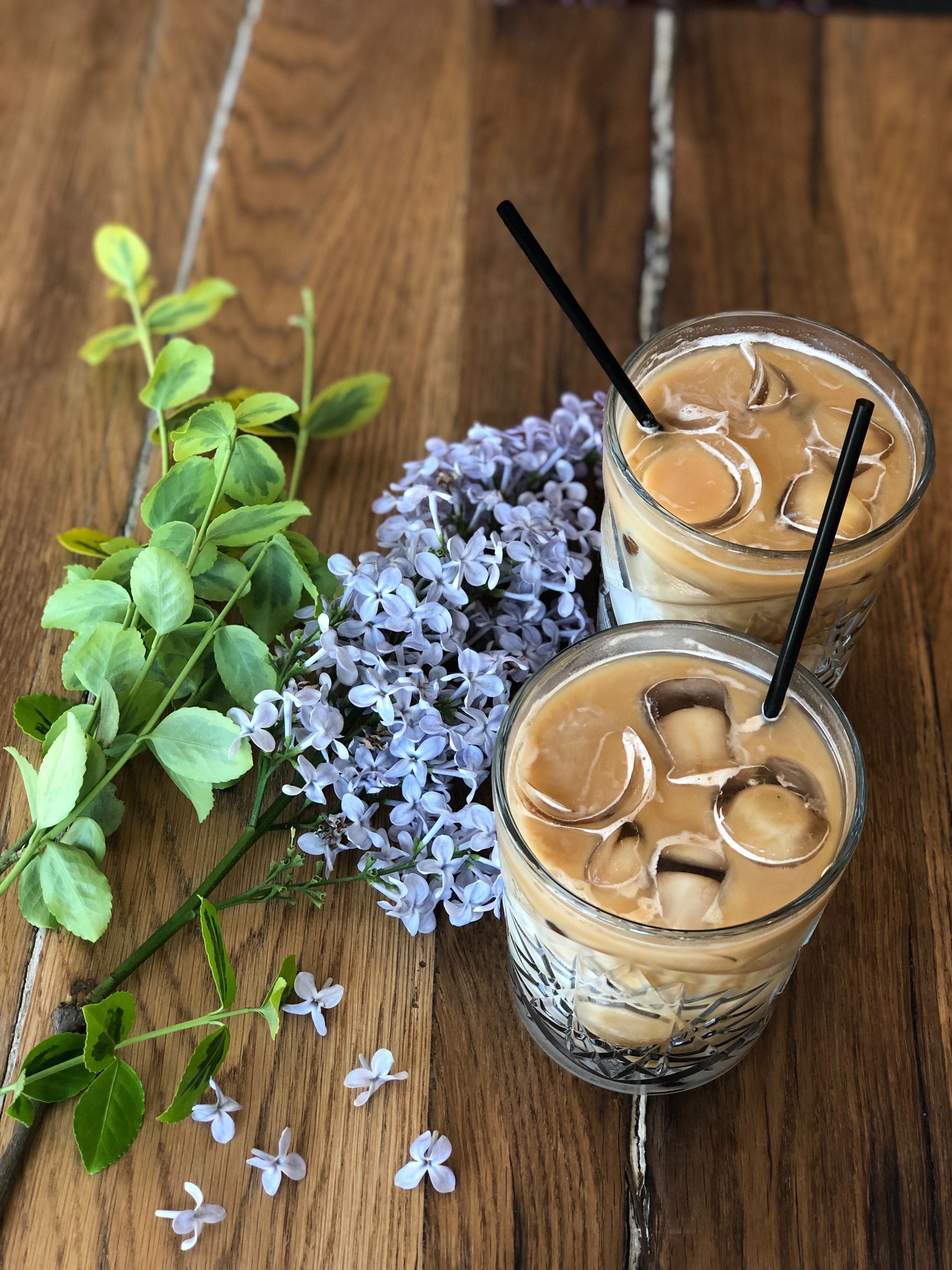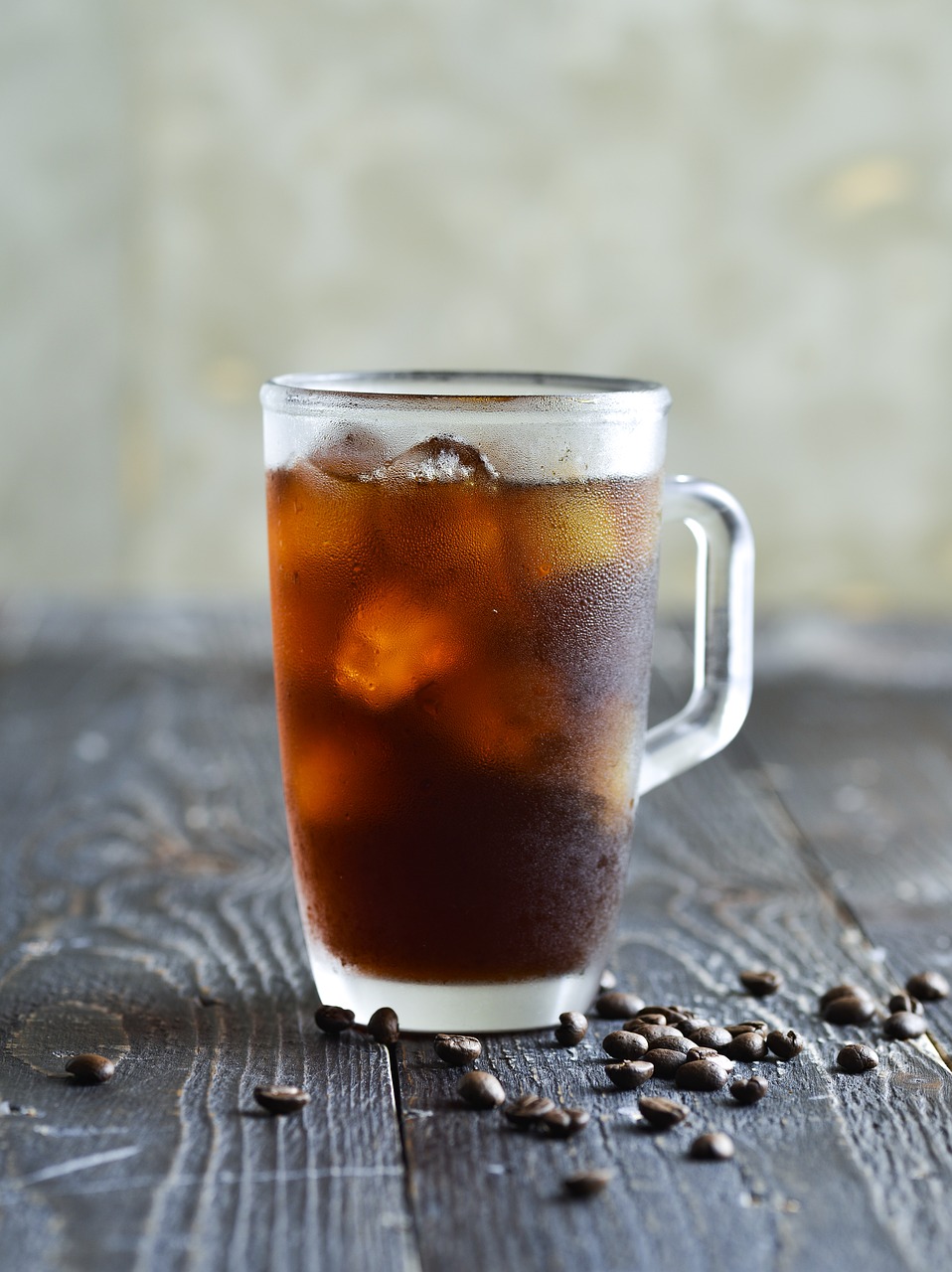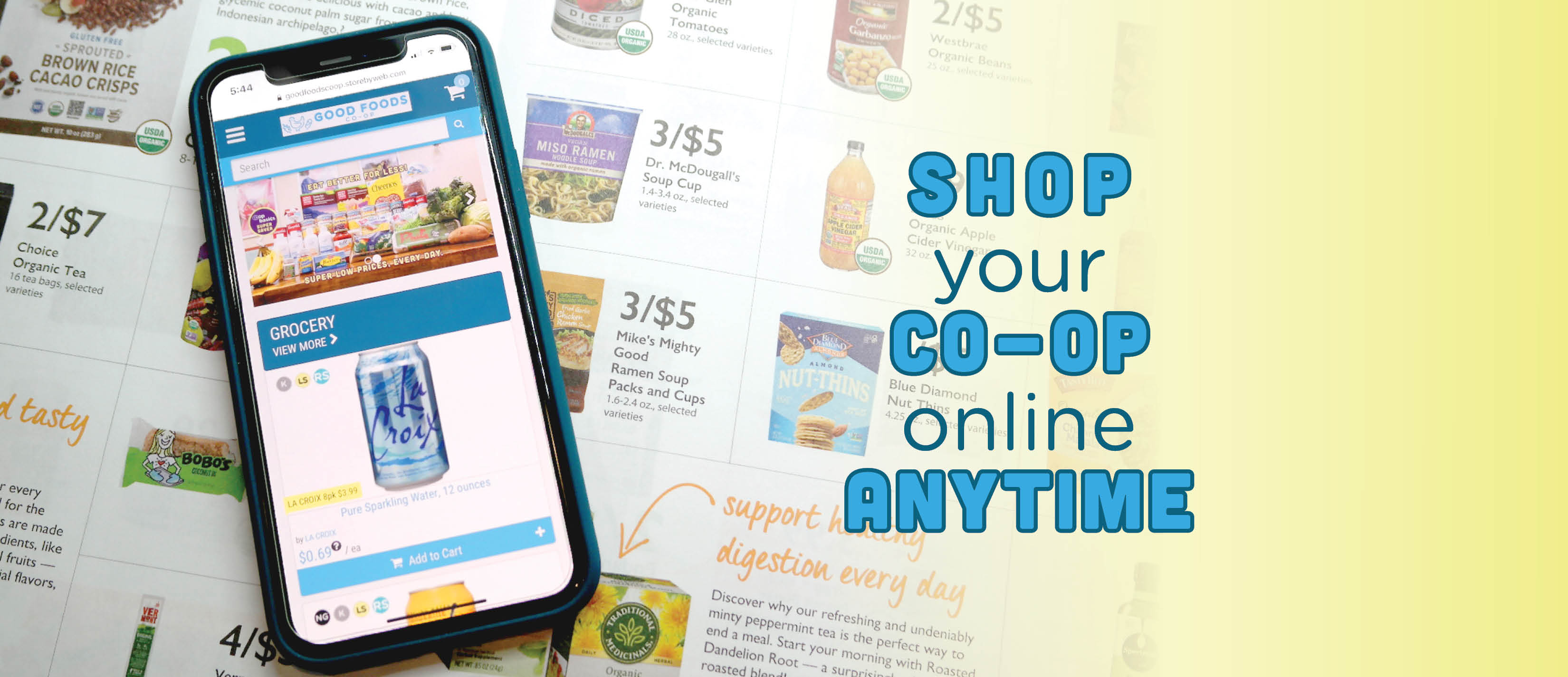Over the course of this balmy Kentucky summer, I have consumed a lot of cold brew. I love a hot coffee (with cinnamon creamer) in the cooler months, but when it’s hot outside, the cold stuff (with milk) is all I crave.

Like the name suggests, cold brewing coffee is a method by which coarsely ground coffee beans are steeped in cold or room temperature water for a period of hours, instead of a few minutes as with traditional methods. Most recipes produce a concentrated and highly-caffeinated final product, intended to be served on ice and cut with water or milk.
I typically rely on one particular store bought brand that shall not be named here. It tastes great, it’s convenient, but can add up to be quite costly and requires me to consume a lot of plastic packaging unnecessarily. To cut grocery costs, reduce my plastics use and conduct a fun experiment, I decided it was finally time to work on my home brew method.
I have tried DIY methods in the past with somewhat underwhelming results (too weak, too bitter, etc). This time around, I chose to zero in on one important variable – time. That is, how long the coffee grounds are left to steep. Some recipes suggest 10-12 hours is sufficient for a satisfying brew, while others say it takes much longer to bring out the complex flavors and coveted smoothness.

My home experiment
Constants:
- Coffee
- City Roastery Organic Ethiopian, very coarsely ground
- Water
- Filtered drinking water
- Temperature
- Room temperature, around 70 degrees
- Ratio
- ¾ cup ground coffee, 2 cups water
Primary variable:
- Time
- 12/24/36 hours
You will also need:
- A french press OR quart size jar and cheesecloth/coffee filters
- Wooden spoon or other stirring tool
Combine your coarse coffee and water together in your chosen container. Use a wooden spoon or small rubber spatula to stir together, ensuring all the grounds are fully saturated. Lid your container and forget about it for 12-36 hours. Press or strain out the grounds and serve with ice, additional water or milk of choice.

Conclusion:
All three coffees turned out better than expected! But of the three trials, I think I preferred the 24 hour the most. I couldn’t detect much of a difference between the 24 and 36 hour brews, but there was a noticeable improvement from the 12 to 24 hour trials. The 24 hour brew was smooth, with minimal bitterness and a little sweetness.
I do not think I necessarily perfected my method in these three trials, but I learned a lot. Going forward, I plan to mix it up with different roasts and a slightly altered coffee to water ratio to see if I can actually land my perfect cup at home.
Have you mastered your cold brew process? Shoot me an email with your secrets! And of course, to grab a perfect sip of cold brew anytime, you can simply leave it to the coffee experts in our cafe to make a cup just the way to you like it.
